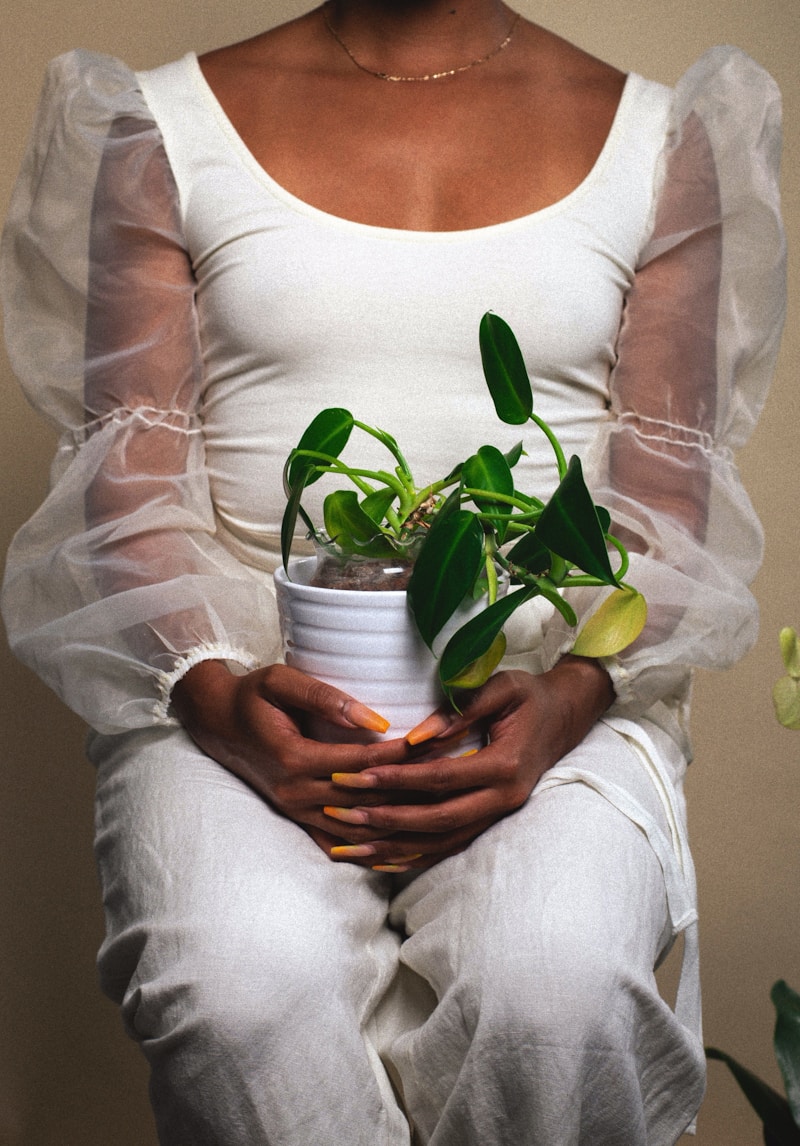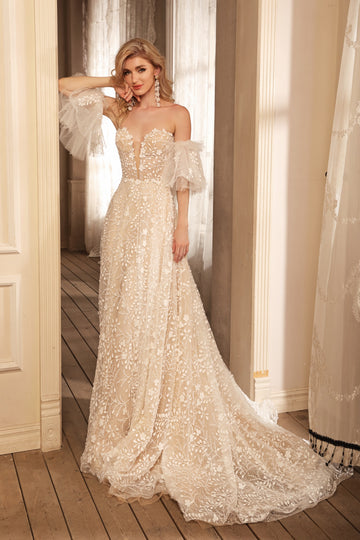Bridal Fashion Disruptors: Revolutionizing the Wedding Industry
Bridal Fashion Disruptors: Revolutionizing the Wedding Industry
Introduction to Bridal Fashion Disruptors
The bridal industry has been traditionally known for its enchanting gowns, intricate lace, and timeless designs. However, a new wave of creativity is sweeping the sector, thanks to bridal fashion disruptors. These innovators are reshaping the way future brides approach their weddings, from the elegance of the dress to how ceremonies are celebrated. In this article, we will explore the phenom of bridal fashion disruptors and how they are transforming the wedding landscape.
Who Are the Bridal Fashion Disruptors?
Bridal fashion disruptors are designers, brands, and influencers who challenge the conventional norms of the wedding industry. They introduce fresh concepts like sustainable fashion, body positivity, and personalized experiences. With the rise of social media, these disruptors gain visibility and influence, allowing them to reach a broader audience. Here are a few pioneering figures:
- Vera Wang: Known for her avant-garde designs, she has been breaking boundaries in bridal fashion since the 1990s.
- Grace Loves Lace: This Australian brand focuses on bohemian styles with a commitment to ethical production.
- Reformation: Emphasizing sustainability, Reformation offers wedding dresses made from eco-friendly materials.
Key Trends Introduced by Bridal Fashion Disruptors
As we delve deeper into the world of bridal fashion disruptors, it’s essential to highlight the trends they are bringing forth that are changing the landscape of wedding attire.
1. Sustainability and Ethical Fashion
One of the most significant trends among bridal fashion disruptors is an emphasis on sustainable practices. Eco-friendly materials, minimal waste production, and practices that respect labor rights are gaining traction. Brides today are more inclined to choose gowns made from organic fabrics or those that support local artisans.

2. Inclusivity and Body Positivity
Bridal fashion has historically catered to a limited size range, but disruptors are making strides towards inclusivity. Brands now offer dresses in various sizes, which cater to every body type. The narrative around beauty is gradually shifting, celebrating all forms and shapes.
| Brands Promoting Body Positivity | Key Features |
| Christina Wu | Size-inclusive bridal wear |
| ASOS Bridal | Trendy styles for all shapes |
3. Customization and Personalization
Today’s brides seek unique expressions of their identities on their big day. Disruptors are addressing this demand by allowing brides to customize their gowns. Through mix-and-match skirts, bodices, and other elements, brides can create an entirely personal look. This level of customization ultimately reflects their individuality and story.
The Role of Social Media in Bridal Fashion
The rise of social media platforms has been instrumental in amplifying the voices of bridal fashion disruptors. Instagram, Pinterest, and TikTok allow designers to showcase their collections, share behind-the-scenes processes, and directly engage with potential customers.
As brides-to-be navigate their planning processes, they increasingly turn to social media for inspiration. They search for hashtags like #BridalFashionDisruptors, #SustainableWeddingDresses, and #BridalInclusivity to find creative ideas, influencers, and brands that resonate with their values.
Challenges Faced by Bridal Fashion Disruptors
Despite the growing acceptance of innovative ideas in the wedding realm, bridal fashion disruptors face several challenges:
- Traditional Mindsets: The wedding industry has long been rooted in tradition, which can make it difficult for disruptors to gain traction.
- Cost Barriers: Sustainable and ethical practices often come at a higher cost, which may deter some brides from choosing these options.
- Market Saturation: As more disruptors enter the market, standing out and maintaining a unique identity can be challenging.
The Future of Bridal Fashion
As we look to the future, it’s clear that bridal fashion disruptors will continue to have a significant impact on the industry. The push for sustainability, inclusivity, and personalized experiences will no longer be niche endeavors but are likely to become mainstream as more brides seek meaningful connections with their wedding choices.
Moreover, advancements in technology and the rise of virtual reality may reshape the shopping experience. Innovative tools such as virtual dress fittings could become the norm, allowing brides to explore their options from the comfort of their homes.
Conclusion: Why Bridal Fashion Disruptors Matter
Bridal fashion disruptors are essential to the modern wedding experience. They challenge conventional norms, making weddings more personalized and inclusive. As the market evolves, these innovators are paving the way for brides to express their unique identities and ethics on their special day.
For brides-to-be, understanding the trends set by bridal fashion disruptors can lead to a more empowering and fulfilling wedding planning experience. Remember to consider the importance of sustainability and inclusivity when choosing your bridal attire, and don’t hesitate to embrace your distinct style. In this rapidly changing landscape, there truly is no right or wrong way to say, “I do.”
